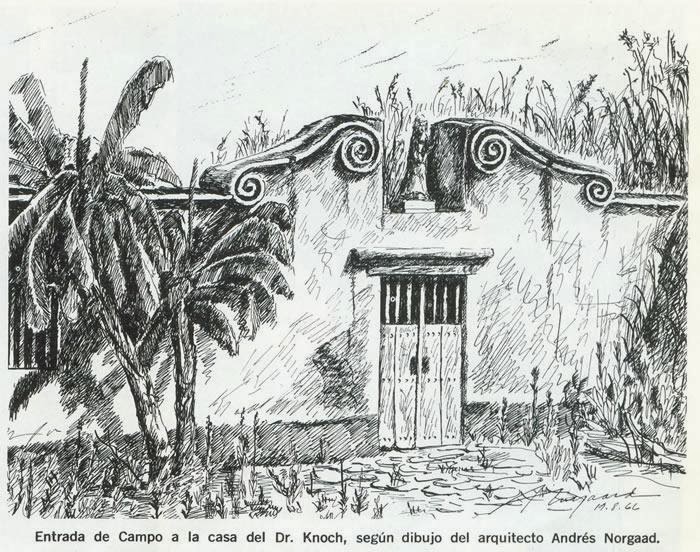The Guipuzcoana Company
This Basque Company began operations in 1730 in order to curb smuggling and enforce an exclusive trade between Spain and the province of Venezuela. Remained active for 50 years and promoted the economic and political development of the region.| Photo: Wikipedia |
His performance strengthened the productive sectors of Venezuela, urging them to fight and defend their interests. In the early eighteenth century, there were some companies that were involved in the trade of Spanish colonies, as was the case of the Royal Society of Guinea, trading company of French origin who sold slaves, and the Company Seat English, it had to also handle supply of slaves.
These companies used to smuggle the seat, which greatly hurt the economic interests of the metropolitan government and the King of Spain. Consequently, the illegal trade increased alarmingly, and it was necessary to combat against it.
These circumstances gave way to the creation of the Royal Company Guipuzcoa. It was incorporated on September 25, 1728, under a royal charter that issued the King Felipe V, for there was a reciprocal and exclusive trade between Spain and the province of Venezuela. It operated from 1730 to 1785, and had great influence on the economic, social and political development of the colony. It worked on the basis of shares belonging to Basque capitalists, mainly in the province of Guipuzcoa in northern Spain.
Today works at the seat of the former company, administrative headquarters of Vargas State, although is also located the museum of the entity, that you can visit and learn more about the history of the city.
 |
| Photo: Nuestra Historia Colonial |
Getting to the Guipuzcoana Company:
If you are a passenger, you can go to the Metro station La Paz and from there use the Metrobus system to La Guaira, you can also use the bus system from the Capitolio Metro station and Gato Negro station.
If you go down in Vehicle to La Guaira, you must go through Caracas-La Guaira highway, and head to the port of La Guaira, it is right in front of this.
After visiting the Guipuzcoana House you could give you a relaxing swim in the beaches of the Central Coast.










